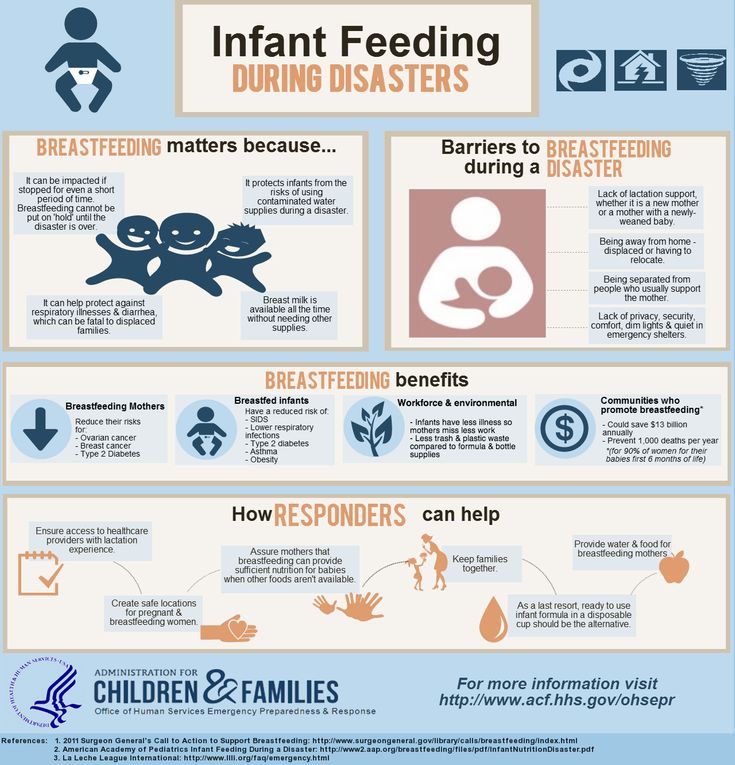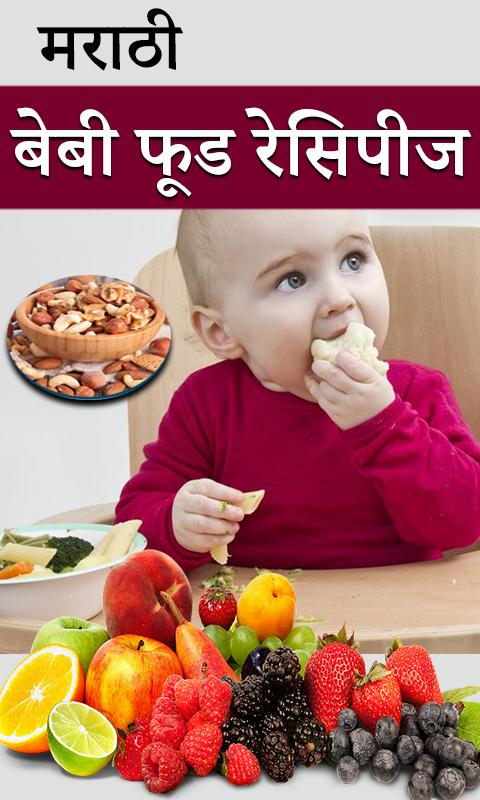Baby feeder fruit
Ultimate Guide to Baby Feeders: Mesh and Silicone
You may have seen baby feeders, whether mesh or silicone, and wondered what they are for. They are a great tool for feeding babies and toddlers—and are especially awesome for teething relief. There are many on the market though, so today I’m sharing the best of the best.
Baby Feeder
A baby feeder is made up of an easy-hold handle and a little pouch with lots of holes. The idea is that the holes allow some of the flavor and texture of the food to come out, without the concerns that may come with larger pieces of food.
This means you can worry less when it comes to choking risks.
One thing to keep in mind: They don’t allow babies to have the full texture experience of the food—since the texture is mostly the mesh of the feeder. That means you don’t want to use one of these for every meal (or even most meals).
Lots of exposures to lots of textures helps babies and toddlers gain confidence in handling all sorts of foods, which can make feeding kids a lot easier over the long run.
But an infant feeder can be a handy tool to have in the mix, especially if on the go, starting to transition to baby food, or trying out a new food that has you a little nervous.
And they are a great way to offer cold teething relief to soothe baby’s gums.
Baby Fruit Feeder
Many people like to use baby feeders to offer fruit, either fresh or frozen, since the product is a safe way for baby to suck on and explore the flavor of a wide range of fruit.
TIP: Another name for this is Baby Fruit Pacifier.
Best Baby Food Feeders
Below are my top picks for infant feeders chosen for ease of use, durability, and ease of care (as in washing!). There are different materials listed, as well as specific information on each product.
Best Mesh Feeder
Munchkin Baby Feeder, sold in a set of two. (Or choose the ones that come with travel caps.)
This baby feeder has a streamlined, simple design of a mesh bag for the food and a ring for baby to hold onto. Small, digestible pieces of food come through so baby is getting some nourishment (and comfort if using for teething) without the risk of choking. It’s about $7 for two of them.
Small, digestible pieces of food come through so baby is getting some nourishment (and comfort if using for teething) without the risk of choking. It’s about $7 for two of them.
Best Silicone Feeder
Boon Silicone Feeder
This baby feeder, which is priced at under $6, is made from durable silicone and can be used with fresh or frozen foods. The interior stem forces food toward the tiny holes in the feeder and the small handle is sized just right for baby’s little hands.
Kidsme Baby FeederBaby Feeder Pacifier Combo
Kidsme Food Feeder
This popular Kidsme feeder has a replaceable silicone pouch that comes in two sizes, so you can adjust and replace as your child grows. It has a unique handle style that some babies may prefer and can be used as a pacifier too. It’s usually priced around $15 and is recommended for ages 4-24 months.
What baby foods should I put into a baby feeder?
Here are some fruits that are good to serve in a baby feeder:
- Raspberries, fresh or frozen
- Strawberries, fresh or frozen
- Blackberries, fresh or frozen
- Cantaloupe
- Honeydew
- Banana
- Mango, fresh or frozen
- Roasted sweet potato
- Roasted butternut squash
- Ripe fresh pear
- Fresh cucumber, skin removed
- Watermelon
- Cooked red meat such as steak
- Frozen grapes (These are NOT safe served to a child this age in any other way as they are a choking risk.
 They are fine served inside the feeder, though.)
They are fine served inside the feeder, though.)
TIP: You can use frozen fruit or ripe fresh fruit that’s soft and easy to gum. Avoid any fruits or veggies that are very hard as baby may be frustrated by that texture.
Frequently Asked Questions
What age can baby use a mesh feeder?
Babies can use an infant feeder soon after starting solids around 6 months, or when they can easily hold it and bring it to their mouth.
How do I use a baby feeder to help with teething?
If you fill the feeder, whether mesh or silicone, with frozen fruit, you can soothe teething in infants who are eating solids or in toddlers. It’s cold and yummy, yet requires no real work for the child to suck on, so it’s comforting.
Are all of these baby feeders BPA-free?
Yes, if you choose a mesh baby feeder or one made from silicone, they are BPA-free.
What’s the best way to clean a baby feeder?
Try using a bottle brush or just running water to clean out the mesh. It should be fairly easy to clean if you avoid letting it sit too long with food in it!
Are baby feeders good for babies?
The one downside could be that if you rely on them too much, the child learns the texture of the feeder, rather than of the food. This can make it harder for a child to learn to move actual food around in their mouths and harder for them to accept a range of textures in the future when you don’t want to be using the mesh feeder as much.
Because of that, I recommend using this product at limited times such as when on the go at a restaurant or to help sooth a teething infant, baby, or toddler.
This is not recommended as a way to feed your child at every meal.
If you are worried about choking, review this information on toddler choking and trust that if you serve foods that are easy to squish between your fingers, baby is sitting down at meals, and you are with them, they will learn to eat like so many other kids who have gone before them!
You May Also Like
- Best Baby Puffs
- Favorite Sippy Cups
- Best Snack Containers
- Best Lunch Boxes
- Favorite Suction Bowls
- Top High Chairs
I’d love to hear your thoughts on baby feeders in general or on these specific products, so please comment below to share!
This post was first published May 2019.
Fruit Feeder - Etsy.de
Etsy is no longer supporting older versions of your web browser in order to ensure that user data remains secure. Please update to the latest version.
Take full advantage of our site features by enabling JavaScript.
Find something memorable, join a community doing good.
(195 relevant results)
Complementary foods for a child - the introduction of fruit puree, fruits and juices into the diet of infants
Historically, fruit juice was recommended by pediatricians as a source of vitamin C, calcium, and other vitamins. The juice is delicious, sweet, children drink it with pleasure, and suddenly it turned out that there are potential risks: the high sugar content in the juice increases calorie intake, overweight and the risk of caries. More recently, about twenty years ago, doctors recommended the introduction of complementary foods, starting with juices and fruits. But now the situation has changed. Children's nutritionists believe that the optimal time for the introduction of juices is 1 year after the child gets used to the main complementary foods: vegetables, cereals, meat, fish, fruits. At the same time, you can find recommendations to give juices from 6 months or after 3 years. Carbohydrates, which are abundant in juice, change the child's appetite, but to get the required amount of vitamins, you need to drink a lot of it, about 1 liter! In addition, they do not give a feeling of satiety and the child may be prone to overeating. nine0007
The juice is delicious, sweet, children drink it with pleasure, and suddenly it turned out that there are potential risks: the high sugar content in the juice increases calorie intake, overweight and the risk of caries. More recently, about twenty years ago, doctors recommended the introduction of complementary foods, starting with juices and fruits. But now the situation has changed. Children's nutritionists believe that the optimal time for the introduction of juices is 1 year after the child gets used to the main complementary foods: vegetables, cereals, meat, fish, fruits. At the same time, you can find recommendations to give juices from 6 months or after 3 years. Carbohydrates, which are abundant in juice, change the child's appetite, but to get the required amount of vitamins, you need to drink a lot of it, about 1 liter! In addition, they do not give a feeling of satiety and the child may be prone to overeating. nine0007
Introduction of fruit juice American Academy of Pediatrics recommendations: download
- Optimal to completely avoid the use of juice in infants until 1 year of age;
- AAP and the American Academy of Pediatric Dentistry guidelines state that juice should be offered to babies in a cup, not a bottle, and that babies should not go to bed with a bottle in their mouth.
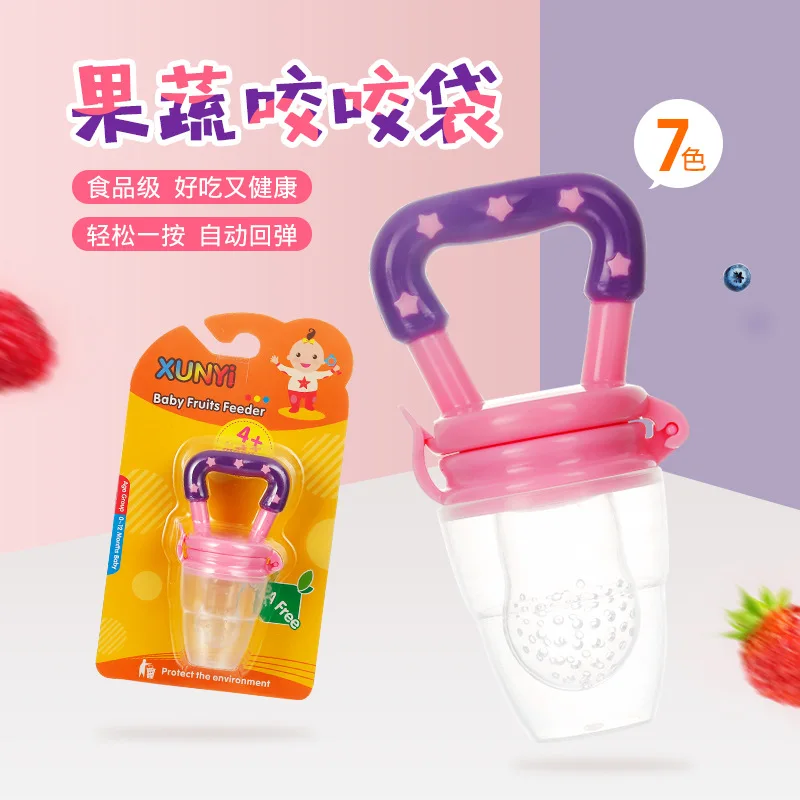 nine0022
nine0022 - They concluded that long-term exposure to the sugar contained in the juice on the teeth is the main factor influencing dental caries.
- After 1 year, fruit juice can be used as part of a meal or snack. It should not be drunk like water during the day or used as a means to calm an upset child.
- Do not give juices if the child has diarrhea, oral rehydration solutions only.
- The development of perioral rash in some children after feeding freshly squeezed citrus juice is most likely due to the chemical irritant effect of the acid. nine0022
- Diarrhea and other gastrointestinal symptoms that some children experience are most commonly associated with carbohydrate malabsorption.
- Although fruit allergy can develop at an early age, this is rare.
Baby food - fresh juices
It is not recommended to introduce freshly squeezed juices to children under one year old. But there is no strict ban. Juice up to a year is not useful, unlike children older than one year . It contains a lot of fruit acid, which can lead to increased peristalsis and intestinal walls, pain, and digestive disorders. Dilute with water in a ratio of 1:1. And remember, fresh juice retains its maximum amount of vitamins in the first half hour, so do not store juice for later. With a later introduction of juice, their better tolerance is noted. This is due to the maturation of the mucosa of the gastrointestinal tract and its readiness for the absorption of juice. But even with this, the child may experience pain and bloating, regurgitation, and stool disorders. This is due to the presence of organic acids in juices, which have an irritating effect on the gastrointestinal tract. nine0007
Juice up to a year is not useful, unlike children older than one year . It contains a lot of fruit acid, which can lead to increased peristalsis and intestinal walls, pain, and digestive disorders. Dilute with water in a ratio of 1:1. And remember, fresh juice retains its maximum amount of vitamins in the first half hour, so do not store juice for later. With a later introduction of juice, their better tolerance is noted. This is due to the maturation of the mucosa of the gastrointestinal tract and its readiness for the absorption of juice. But even with this, the child may experience pain and bloating, regurgitation, and stool disorders. This is due to the presence of organic acids in juices, which have an irritating effect on the gastrointestinal tract. nine0007
How do I start adding juice to my baby?
First, a teaspoonful (about 5 ml) between feedings, observing the baby's reaction.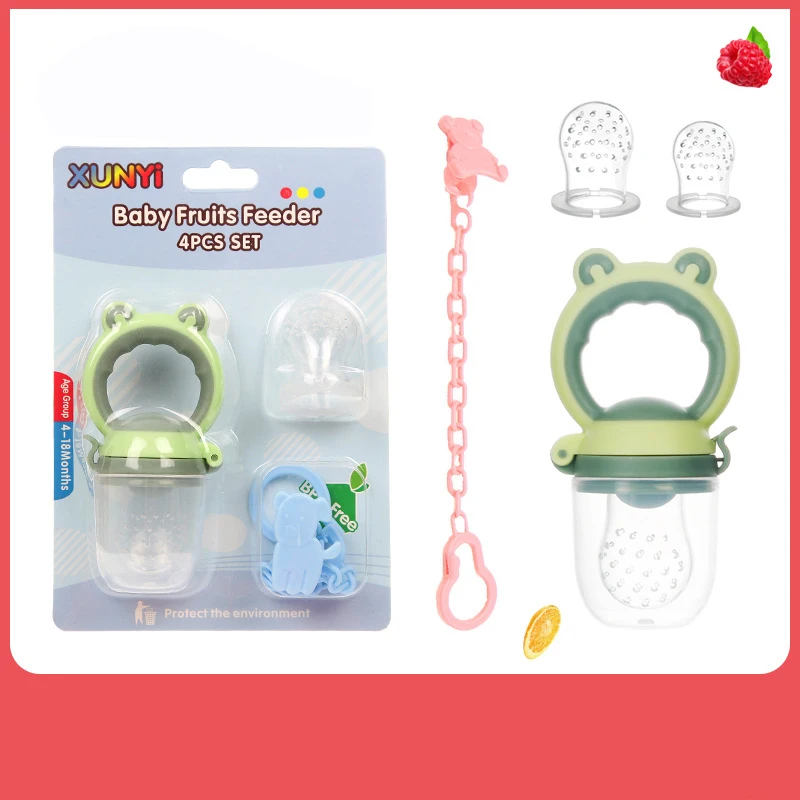 For children under 3 years old, juices are recommended to be diluted with boiled or baby water in a ratio of 1:2. Freshly squeezed juices - up to 7-8 years. The amount of juice: from 1 year to 1.5 years - up to 100 ml, should not be exceeded. At 2 years - 200 ml.
For children under 3 years old, juices are recommended to be diluted with boiled or baby water in a ratio of 1:2. Freshly squeezed juices - up to 7-8 years. The amount of juice: from 1 year to 1.5 years - up to 100 ml, should not be exceeded. At 2 years - 200 ml.
It is best to give green apple or pear juice first. Juice from plums, apricots, peaches - it is better to give at an older age, they have a slight laxative effect. nine0007
Then you can give a mixture of juices from 2 or 3 fruits. You can give a mixture of cherry, cherry, currant, raspberry juice, orange juice, pineapple, mango, grapefruit and mixtures thereof. It is better to give grape juice from 5-6 years old, there are a lot of carbohydrates.
It must be remembered that:
- Apple, carrot and pear juice - strengthen
- Plum, pumpkin, apricot, peach - weakening
This can be used if there are digestive problems.
If we choose industrial juices - carefully read what is written on the label, there should be no artificial additives, dyes and preservatives. Do not use opened packages. Should I give industrial juices for baby food? Why not? They are made from high quality, proven, specially selected raw materials, production is strictly controlled, they have balanced compositions and optimal taste. Until the age of 3, buy juices for your child only marked “baby food” on the package. nine0007
Introduction of fruit and fruit puree - European recommendations
If your young child has already tasted vegetables and accepted them, it's time for fruit. The season is always for them, but the best is in autumn, when the most delicious apples, pears and plums appear. Fresh fruits from all over the world are available in stores all year round, but it's worth starting with seasonal, locally grown ones. And these are: apricots, raspberries, apples, pears, plums. They contain not only vitamins, dietary fiber, but also minerals, including valuable microelements, which should be present in the child during the expansion of the diet. nine0007
They contain not only vitamins, dietary fiber, but also minerals, including valuable microelements, which should be present in the child during the expansion of the diet. nine0007
Fruit is usually recommended from 6-7 months of age. Complementary foods often begin with fruit or vegetable purees. But it is better to start with vegetables. Fruit puree tastes better, is sweeter, and the child may then eat vegetables worse. But vegetable puree will not affect the baby's desire to eat fruit dishes. Therefore, more often pediatricians are advised to give fruit dishes after the introduction of vegetables and cereals. Start complementary foods with fruits in the form of mashed apples or bananas or pears. Then you can add fruits that grow in your area of \u200b\u200bresidence. Then you can include fruit and fruit and vegetable mixtures. nine0007
Fashionable but exotic fruits or with strong flavors - strawberries, mangoes, kiwis, currants - are best introduced later. But there is no strict ban.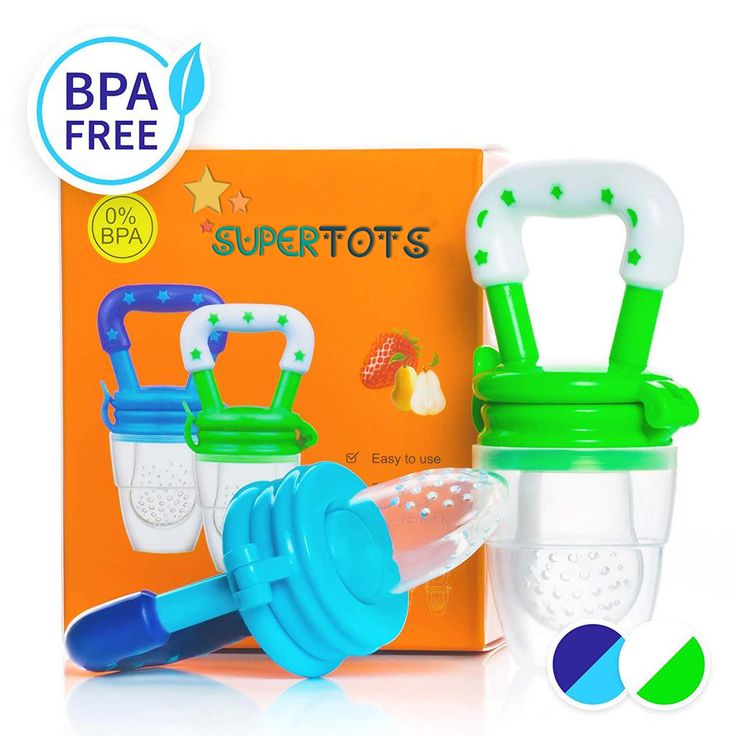
Fruit puree should be started with 1 teaspoon in the morning, increasing to 100 g over 2 weeks.
Homemade or factory made? As you wish, subject to the basic hygiene rules of cooking. If you have time, make your own fruit puree. Plums, apricots, banana can be mashed in a mortar or blender. Grate apples and pears on a fine plastic grater. For the first time, the apple can be boiled, then it will be soft. Pour the prunes with boiling water and leave for 15 minutes. nine0003 Do not add sugar!
Homemade fruit puree - don't forget about hygiene
Pour boiling water over a grater, preferably a plastic one or a blender, wash and peel the fruit.
Gradually make the fruit puree coarser.
Start with liquid puree, at 8 months - finely ground puree, at 10 months of age. - puree from larger particles.
When the child has 6-8 teeth, you can give pieces of fruit and he will eat them on his own. nine0007
Properties of various fruit purees
- Banana puree is a good source of trace elements: magnesium and potassium, calcium, iron and phosphorus.
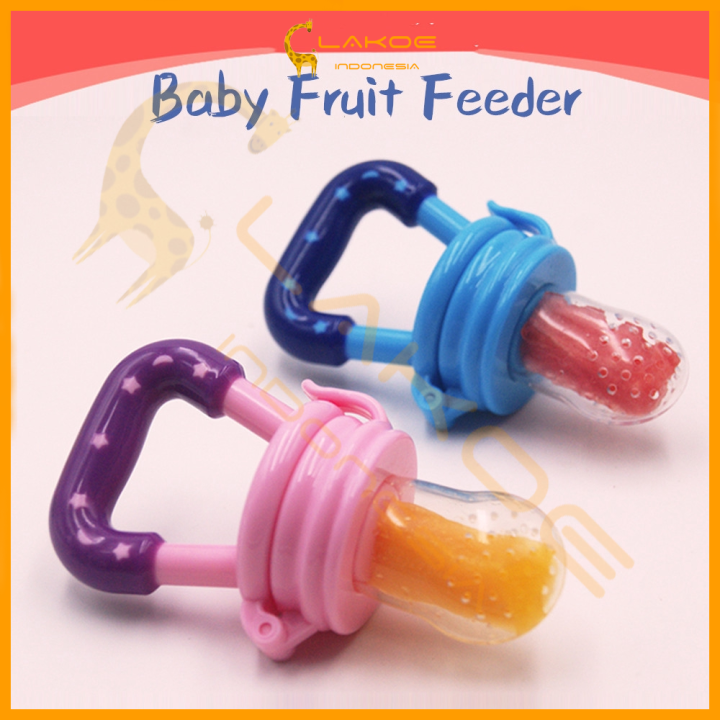 Bananas rarely cause allergic reactions
Bananas rarely cause allergic reactions - Prune puree can act as a mild laxative that increases intestinal motility. Contains potassium, vitamins B1 (thiamine), B2 (riboflavin).
- Blueberry puree contains tannin - tannin, contains pectin, which has a disinfectant and anti-inflammatory effect, contains a large amount of provitamin A - beta-carotene, which is good for vision, manganese. In addition, blueberries are low allergenic. Apricots are an excellent source of potassium, carotene, vitamin C and pectin.
Tips from the Nyankovskih Healthy Child University
- Fruits are sweet and can be used instead of sweets. nine0022
- Fruits should be included in the child's diet as the second food group after vegetables. They can be given quite early, when the baby is four months old (between 17 and 26 weeks of age).
- Initially it can be a mousse (or puree from a jar) and then an apple scraper with a spoon.

- In a few days the child can try other fruits, berries, currants, raspberries. You can serve them on their own or add them to cereals, desserts. When a child is 10-11 months old and knows how to eat fruit purees and mousses, he should start learning to eat fruits in the form of soft particles, as well as himself, with a pen. Offer him peeled peaches, apricots, plums, grapes (no seeds!). nine0022
- The new rules for baby food are a real revolution. Parents no longer have to stick to rigid patterns. The parents decide what the child eats and the child decides how much he eats.
Video: child feeding - introduction of fruits, fruit puree, juices, feeding in gdudnoy and artificial feeding
9000 Let your children be healthy! nine0005
Other news in category
Newborn - online course "Mom's Way: Newborn" from Professor Nyankovsky on caring for a baby in the first months of life
Baby's first litter. Porridge or vegetable puree?
Porridge or vegetable puree?
Vegetables and fruits. Ideas- Encyclopedia Baby food
Levchuk Victoria©
Creating a baby food combination is one of the most fun things about making homemade baby food. You can combine multiple foods to make really tasty recipes like apples, pears, and sweet potatoes. Do not shy away from mixing food, if for adult taste the foods should not be mixed together, then the child's palate is a blank slate, and it is better for him to know what to eat. nine0007
Should the 4-7 day wait rule be followed when vegetable and fruit food combinations are introduced into the child's menu?
Combinations can be made if at least one of the products is included in the child's diet and has been tested for allergies. When the basic foods of the baby are introduced and there is no allergy to them, then you can safely combine vegetables and fruits.
For example, if a child has been eating apples for a long time, then you can easily combine apples with another unfamiliar product and just watch the baby for a couple of days. And in this situation, if a reaction has occurred, then it is clear that the reason is in the new food that was added to the old familiar foods. nine0007
And in this situation, if a reaction has occurred, then it is clear that the reason is in the new food that was added to the old familiar foods. nine0007
Tables:
For beginners (4-6 months +) (6-8 months +)
Apple and potatoes 9000 green beans with apples and/or pears
Apple and zucchini
Mix apples with zucchini
Apple and carrots
Mix apples, etc. with carrots
(8-10 months +) (10-12 months +)
Green beans and potatoes
Mix white potatoes and green beans together - add some pear or apple juice for extra sweetness.
Sweet Peas
Mix peas and carrots with applesauce, rice or oatmeal and yogurt.
Carrot
Mix apple and carrot with rice, oatmeal and yogurt.
Potatoes
Combine potatoes, yogurt, oatmeal and a pinch of cinnamon, top with powdered sugar - mix well. nine0007
nine0007
Fruit Pairing Ideas
(You can make some fruit dishes yourself or mix canned purees.)
Beginner (4-6 months +) (6-8 months +) cereal
Mix apple puree with oatmeal or rice porridge
Pumpkin and cereal
Mix pumpkin puree with oatmeal or rice porridge
Banana and apple 9050007 Mix apple and bananas as a separate meal or add the mixture to porridge. Apple-breasted mashed potatoes 9000 pumpkin and apple puree with bananas Thick apple pie Mix oatmeal, yogurt and applesauce together, add a pinch of cinnamon, powdered sugar on top - mix well. Pumpkin pie Mix pumpkin puree with oatmeal, yogurt and add a pinch of cinnamon or nutmeg, top with powdered sugar - mix well Blueberry (yogurt) mixture Add yogurt if needed. Sprinkle with powdered sugar (optional). (
8-10 months +) (10-12 months +) 
Learn more



